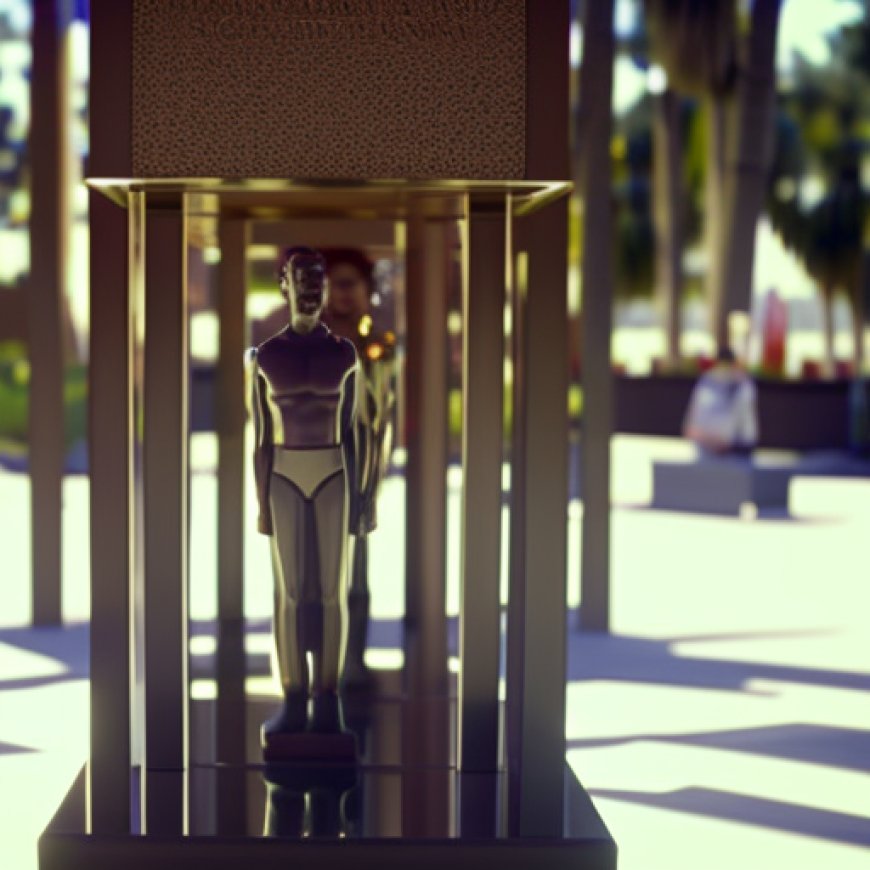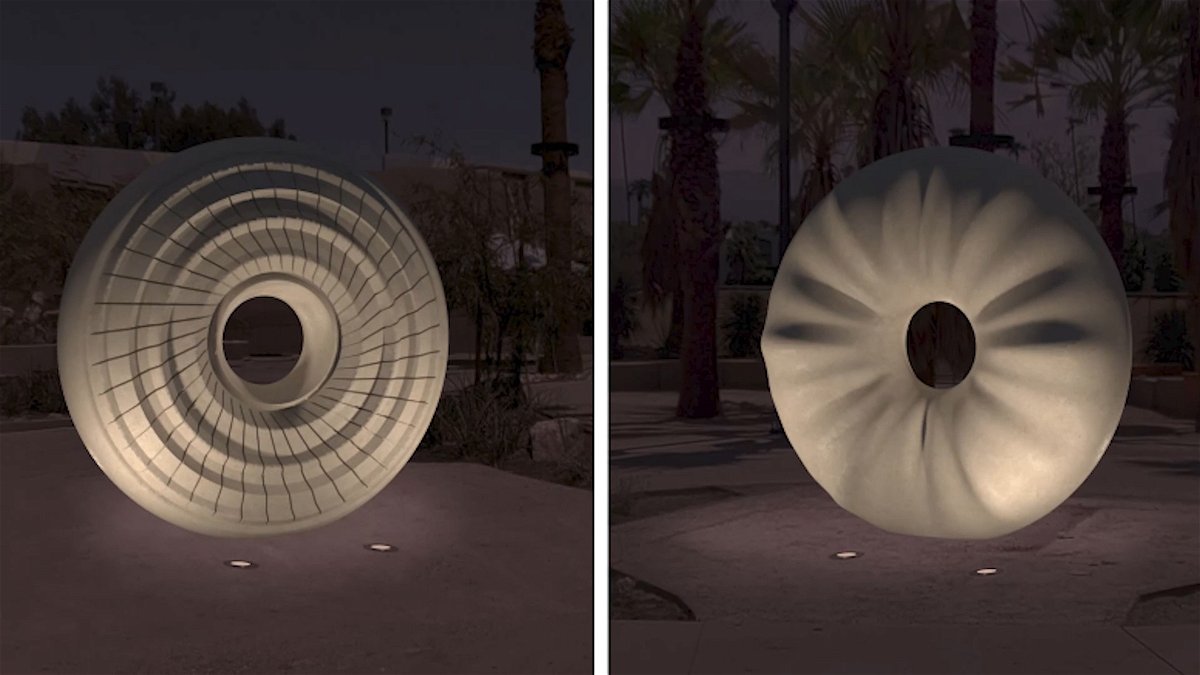AIDS memorial sculpture sparks debate in Palm Springs – KESQ
AIDS memorial sculpture sparks debate in Palm Springs kuna noticias y kuna radio


Sculpture Design Sparks Controversy in Palm Springs

A proposed AIDS memorial sculpture in Palm Springs is at the center of a heated debate with its design sparking concerns in the community. The controversial sculpture, meant to honor those who lost their lives to HIV and AIDS, is facing scrutiny for its abstract design and perceived inappropriate connotations.
Abstract Design Raises Concerns
The sculpture, standing at nine feet tall, features a round limestone structure with concentric carved circles, symbolizing the diverse impact of AIDS on the community. Its design is intended to evoke feelings of connection, reflection, and hope. However, not everyone is on board with this artistic vision.
- “It’s really strained. I mean, it’s almost like a piece of art looking for a purpose, instead of the other way around. It could be about anything, and as a consequence, it’s kind of about nothing,” Clay Sales said.
Perceived Inappropriate Connotations
In addition to concerns about the abstract nature of the sculpture, some residents have raised eyebrows over its perceived resemblance to certain body parts.
- “The backside of the proposed memorial looks like a graphic depiction of the backside of a human being,” Gene Brake said.
Community Feedback and Revised Design
The memorial is being funded privately with an expected cost of approximately $500,000. It is planned for installation in the Downtown Park near the Marilyn Monroe statue. However, fears persist that if the design remains unchanged, it could become a target for ridicule on social media and elsewhere.
- “I can just visualize the whole slew of potential social media posts, making fun of something that is so important to our community,” Brake said.
In response to the controversy, the Palm Springs AIDS Memorial Task Force told residents it would incorporate community feedback and work on a revised design that will be revealed later this year. Yet, some residents are questioning why certain factions of the community were not consulted earlier in the process.
- “It’s become a laughingstock,” Sales said. “Because it looks like what it looks like, it’s become a joke. And that’s the last thing we want.”
SDGs, Targets, and Indicators Analysis
1. Which SDGs are addressed or connected to the issues highlighted in the article?
- SDG 3: Good Health and Well-being – The article discusses the proposed AIDS memorial sculpture, which aims to honor those who lost their lives to HIV and AIDS, highlighting the importance of addressing health issues related to AIDS.
- SDG 11: Sustainable Cities and Communities – The article mentions the location of the memorial in Downtown Park, emphasizing the role of public spaces in creating inclusive and sustainable communities.
2. What specific targets under those SDGs can be identified based on the article’s content?
- SDG 3.3: By 2030, end the epidemics of AIDS, tuberculosis, malaria, and neglected tropical diseases and combat hepatitis, water-borne diseases, and other communicable diseases – The proposed AIDS memorial sculpture aims to raise awareness about the impact of AIDS and commemorate those who lost their lives to the disease.
- SDG 11.7: By 2030, provide universal access to safe, inclusive, and accessible, green, and public spaces, particularly for women and children, older persons, and persons with disabilities – The location of the memorial in Downtown Park highlights the importance of creating inclusive public spaces for communities.
3. Are there any indicators mentioned or implied in the article that can be used to measure progress towards the identified targets?
- No specific indicators are mentioned in the article. However, potential indicators to measure progress towards SDG 3.3 could include the number of people reached by awareness campaigns related to AIDS, the reduction in new HIV infections, and the improvement in access to treatment and care for people living with HIV/AIDS. For SDG 11.7, indicators could include the availability and accessibility of public spaces for diverse populations, including people with disabilities.
4. Table: SDGs, Targets, and Indicators
| SDGs | Targets | Indicators |
|---|---|---|
| SDG 3: Good Health and Well-being | 3.3: By 2030, end the epidemics of AIDS, tuberculosis, malaria, and neglected tropical diseases and combat hepatitis, water-borne diseases, and other communicable diseases | No specific indicators mentioned in the article |
| SDG 11: Sustainable Cities and Communities | 11.7: By 2030, provide universal access to safe, inclusive, and accessible, green, and public spaces, particularly for women and children, older persons, and persons with disabilities | No specific indicators mentioned in the article |
Behold! This splendid article springs forth from the wellspring of knowledge, shaped by a wondrous proprietary AI technology that delved into a vast ocean of data, illuminating the path towards the Sustainable Development Goals. Remember that all rights are reserved by SDG Investors LLC, empowering us to champion progress together.
Source: kesq.com

Join us, as fellow seekers of change, on a transformative journey at https://sdgtalks.ai/welcome, where you can become a member and actively contribute to shaping a brighter future.







